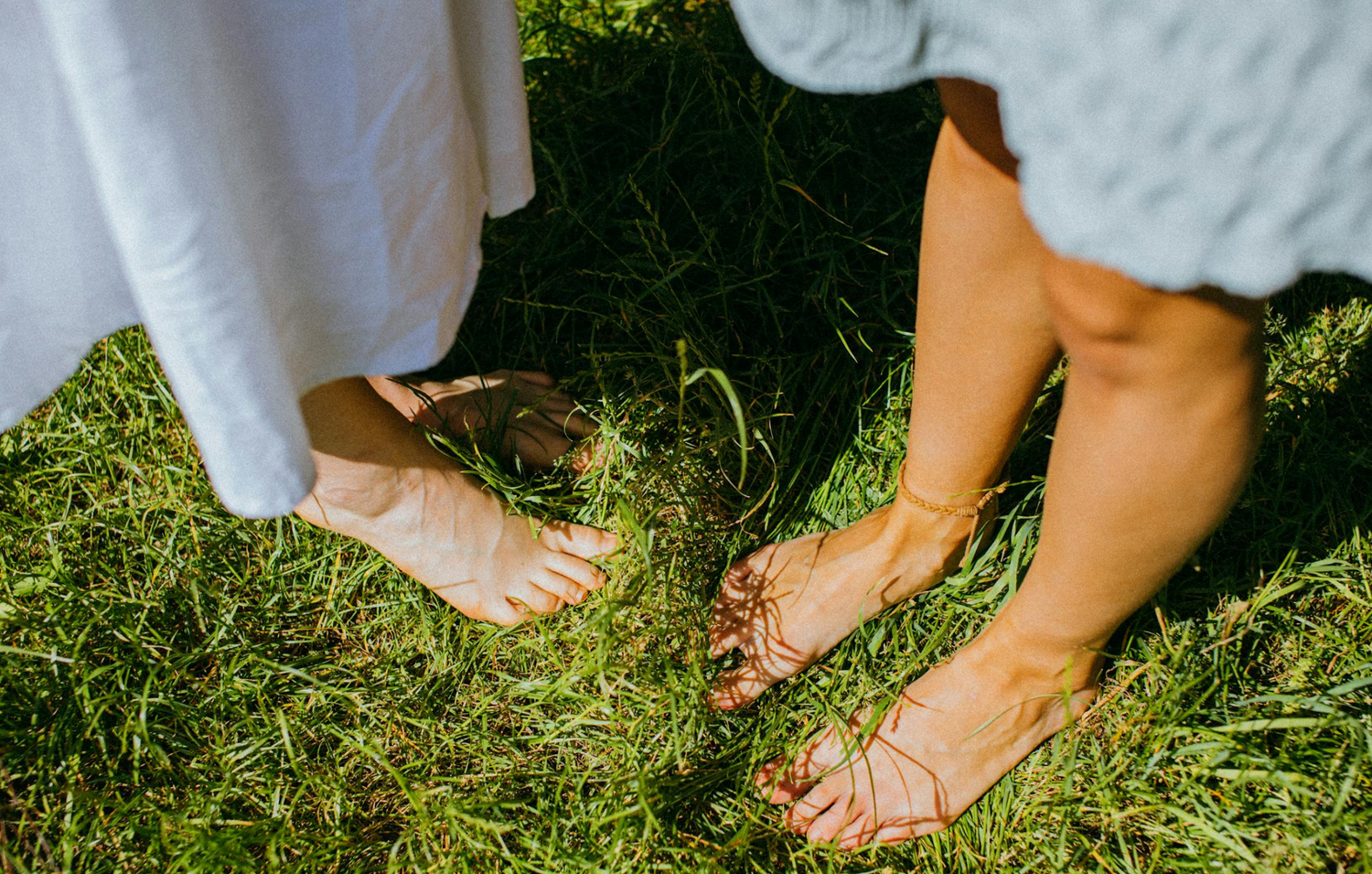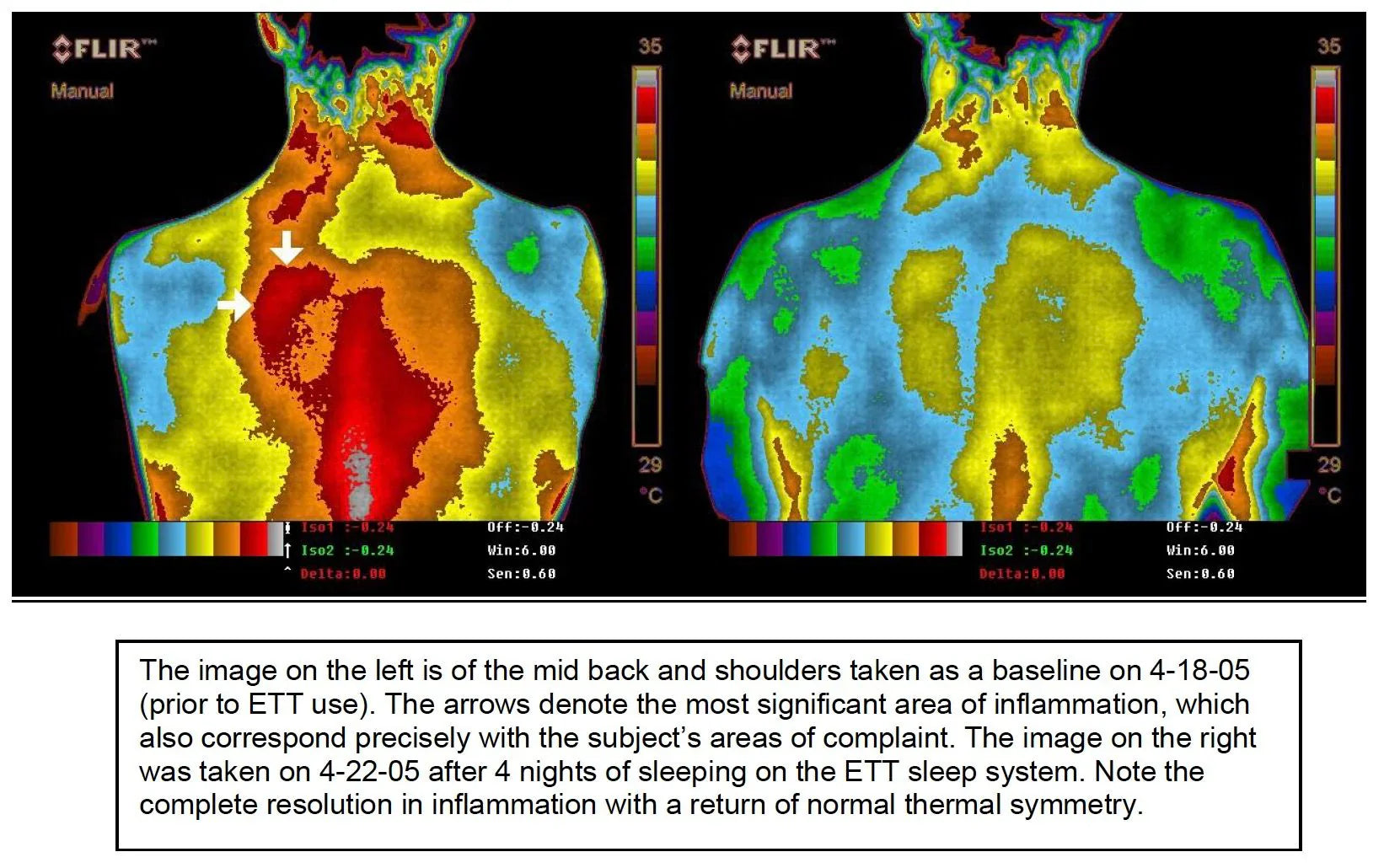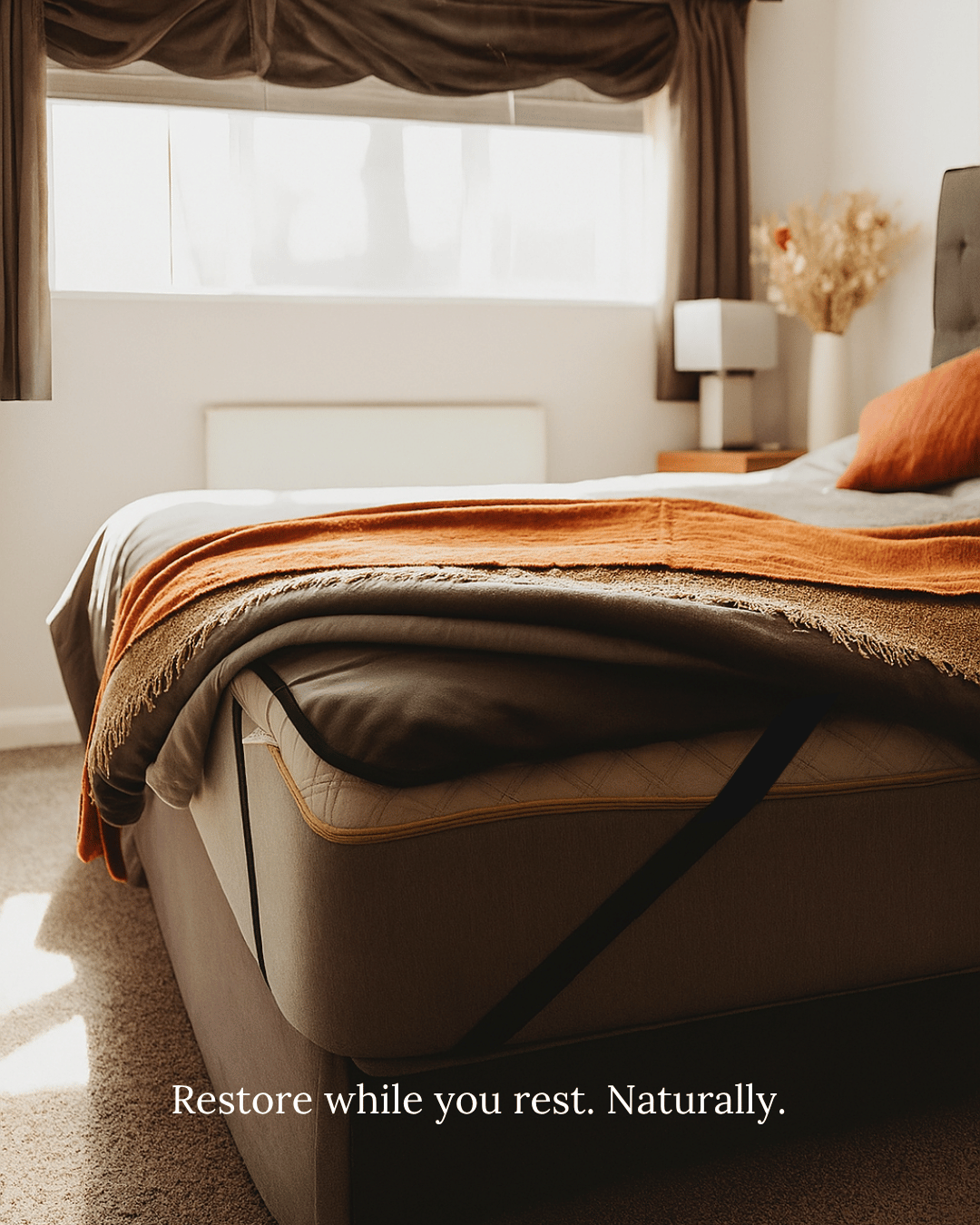Where and How to Ground Yourself: A Practical Guide to Reconnecting with the Earth
In today's fast-paced, technology-driven world, our bodies are increasingly disconnected from one of the most vital sources of healing—the Earth. Grounding, or earthing, is a practice that involves connecting physically with the Earth’s surface to absorb its natural energy. And believe it or not, your body is a natural conductor of that energy.
We are surrounded by devices and electromagnetic frequencies (EMFs), which disrupt the body's electrical balance and contribute to inflammation—the root cause of many chronic health conditions. Fortunately, the simple act of grounding can help restore that balance, reduce stress, and support healing.
This guide explores where and how you can ground yourself—whether you're in the countryside, a bustling city, or your own home.
Grounding Basics: What Surfaces Actually Work?
Grounding works best when you come into contact with a conductive surface—something that allows electrons to flow freely between your body and the Earth. While walking barefoot on soil is ideal, it’s far from the only option.
Let’s break down the best (and worst) surfaces for grounding.
✔ Grass (Natural)
Yes! Natural grass, especially when it's slightly damp, is one of the most effective surfaces for grounding. Your backyard, local park, or any green space can provide benefits.
Bonus: The soil contains a natural bacterium, Mycobacterium vaccae, which may help reduce stress.
✔ Sand (Natural)
Absolutely. Sand—especially wet sand near the ocean—is rich in minerals and highly conductive. Walking barefoot on the beach is not just relaxing; it’s a grounding powerhouse.
✔ Soil (Natural)
Whether you’re gardening or hiking, natural soil is a direct connection to Earth’s energy. Moist soil increases conductivity.
✔ Concrete (Unsealed)
Surprisingly, yes. Unsealed concrete that sits directly on the Earth can conduct electrons. However, sealed or painted concrete, as well as chemically treated surfaces, will block this energy.
✔ Water (Natural Bodies)
Yes! Lakes, rivers, streams, and oceans are excellent grounding mediums. Saltwater is especially effective due to its mineral content.
✘ Asphalt
No. Asphalt is made from petrochemicals, which insulate rather than conduct. It blocks the flow of energy from the Earth.
✘ Synthetic Grass and Rubber
No. These materials are artificial insulators. While they may feel similar to natural surfaces, they do not conduct the Earth’s electrons.
✘ Plastic and Other Synthetic Materials
Shoes with rubber soles, synthetic flooring, or synthetic turf all prevent grounding. These are major contributors to the disconnection we experience in modern life.
Urban Grounding Tips: How to Reconnect in a City
Living in a city doesn’t mean you can’t ground yourself. Here’s how:
-
Parks and Green Spaces: Seek out grassy areas or soil-based walking paths.
-
Concrete Patios or Sidewalks: Only if unpainted and in direct contact with the Earth.
-
Grounding Products: Use grounding mattress covers, mats, or wearable gear to bring the Earth's energy indoors.
Daily Grounding: Making It Part of Your Routine
Grounding is most effective when practiced regularly. Clint Ober, a pioneer in the grounding movement, recommends at least 30 minutes daily.
Can’t go barefoot every day? Try these alternatives:
-
Grounding Footwear: Shoes with copper rivets and natural soles let you ground while you walk.
-
Grounding Socks: Made from cotton or wool, these can work in tandem with conductive footwear.
-
Indoor Solutions: Grounding mattress covers or mats connected to a grounded outlet let you sleep or work while grounded.
Reconnect, Recharge, Restore
Think about the last time you were in direct contact with the Earth. Has it been a while? Reconnecting to nature—whether barefoot in the grass, swimming in a lake, or using a grounding product—is more than just a wellness trend. It's a return to balance.
Our bodies crave the connection. And with so many natural and practical options, grounding can become an accessible and transformative part of your daily life.
Step outside. Plug into the planet. Feel the difference.
















